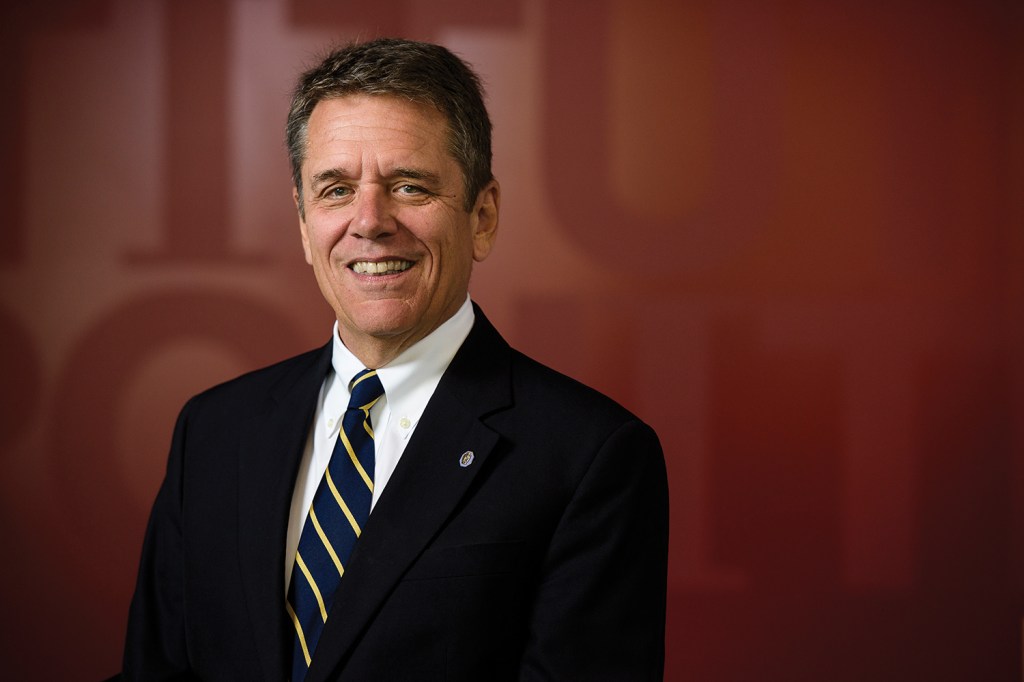The key constituents of our profession— practitioners, educators, and regulators—are all giving greater attention to architecture’s workforce and to the “pipelines” that feed it.
Our demographic profile as a profession is well out of whack with the national picture. In addition to imbalances and inequities—apparent for some time but now being identified with more precision—we may also be facing a national shortage of architects, given current rates of retirement, architecture-school enrollments, and economic factors.
Of course, we want to be sure that we have a sufficient number of architects and a profession that reflects the populations it serves. But to have a strong and equitable workforce, we must first have work.
This is why we have launched programs to enhance the perceived value of architecture and design. Business and industry leaders, policymakers, and public officials—indeed, the public itself—need to see architecture as essential to successful communities, to responsible investment policies, and to the quality of life. That’s how we will stimulate wider demand for our work.
A flourishing, highly visible profession is the best at attracting people. And as our profession thrives, populations that are now underrepresented need to be able to see themselves as one of us—as architects, and eventually, as principals and firm owners, too. Today’s college populations are more diverse than ever. The schools, partly through studyarchitecture.com, are helping, and the AIA is ramping up programs for elementary and high school students.
These are all reasons to feel encouraged, but no guarantee that our profession’s ranks will grow or even change much. Many students never come to architecture in the first place; and too many leave before completing studies, or defect shortly after graduation. Some graduates never become licensed, and many of those graduates who disconnect, or become disaffected, are women and members of minority groups—the very people we most want and need to retain.
We are doing some promising seeding—AIA’s diversity scholarship fund now stands at $2 million, and such support makes profound differences in individual lives. These investments will pay dividends, but because it usually takes a decade or more for graduates to become licensed, the returns remain well ahead of us.
It is fortunate that the Institute is in a position to identify and seek remedies for such challenges. But let’s never lose sight of the fact that this advantaged position comes from having ample and rewarding work. That is the necessary first condition, the key to prosperity and drawing new populations toward architecture. A basic part of the mission of the American Institute of Architects is to stimulate the demand for architecture. Each of us can do more to show how design yields positive outcomes and repays investments—to do more to advocate for architecture. With work aplenty in hand, and good stewardship, all else will follow.
